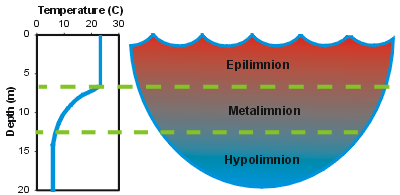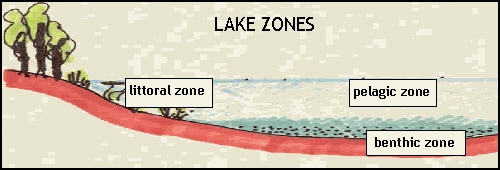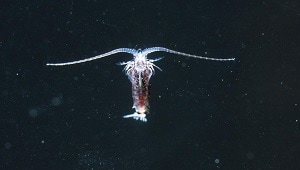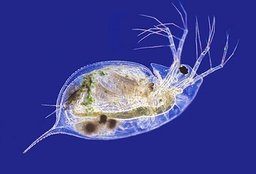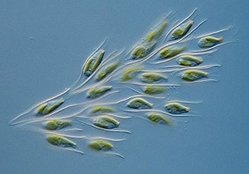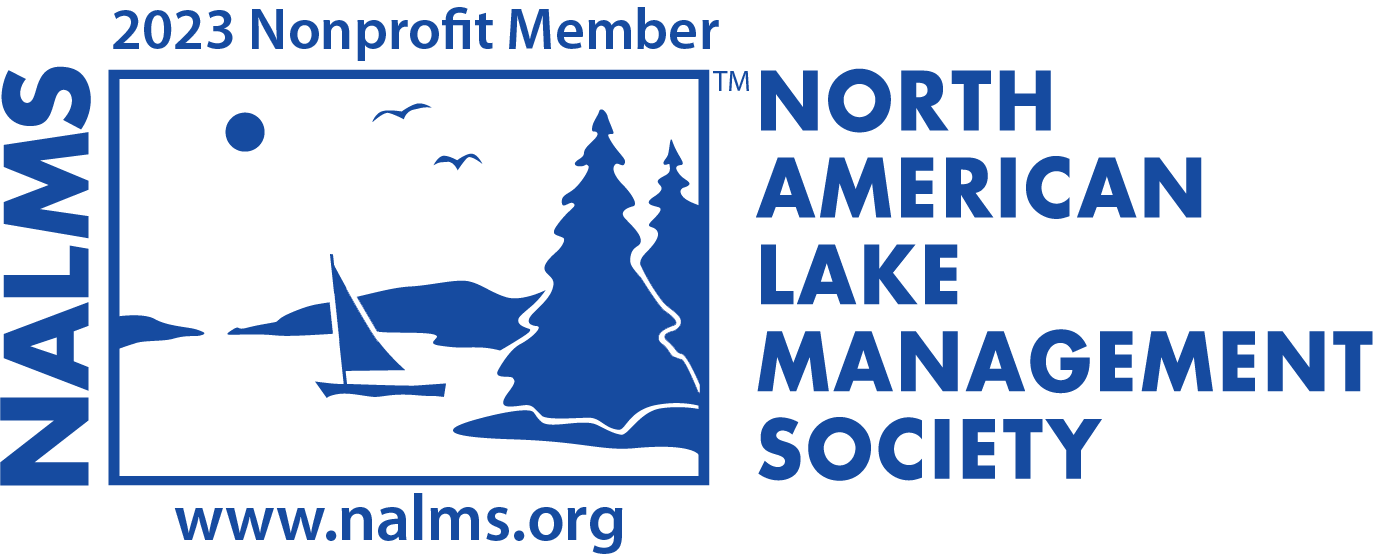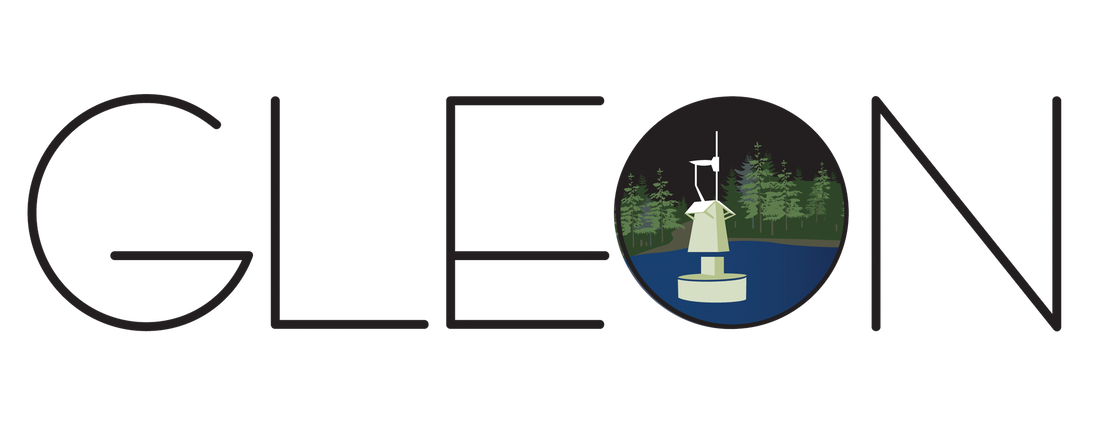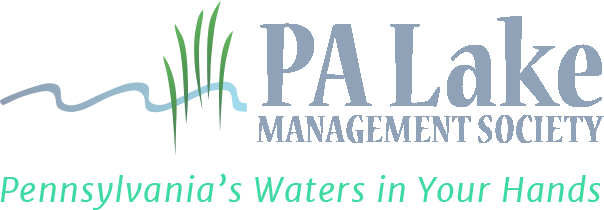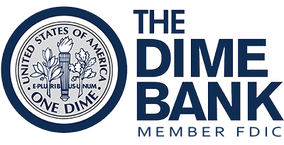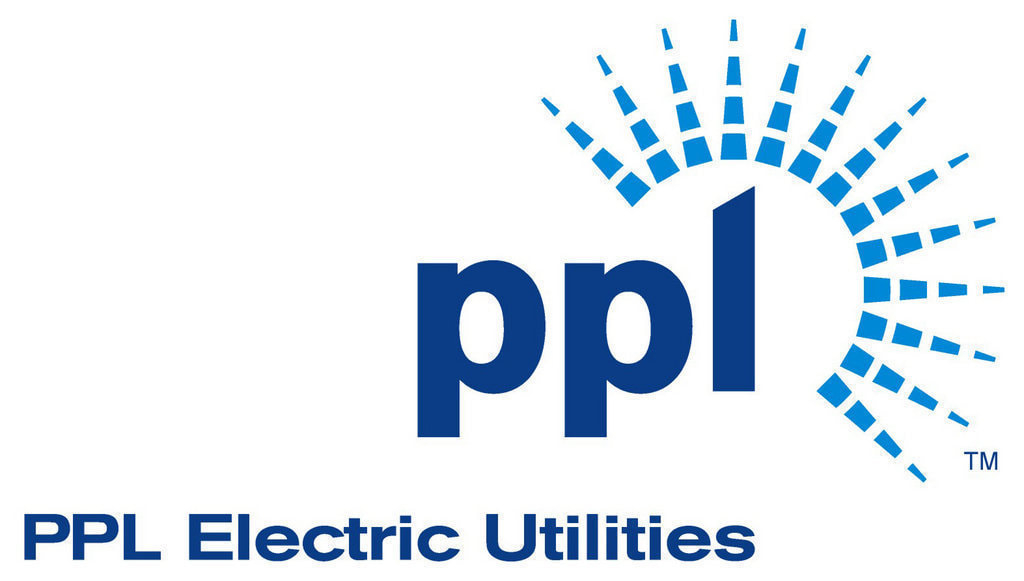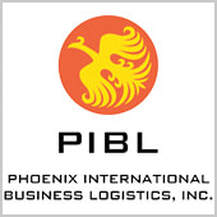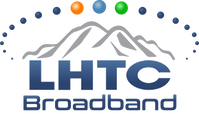Lake Science Basics
Lake ecosystems are highly sensitive to their surrounding environments. Temperature, nutrient level, light level, dissolved oxygen content, dissolved organic matter, and the ecosystem's wildlife community can all affect how the lake works and looks.
Temperature and Lake Structure
First, it is important to go over the parts of a lake. The top layer of water that interacts with the air is called the epilimnion (“limnion” is Greek for lake, so this means “upper lake”). The middle depth is the metalimnion and the bottom is the hypolimnion. The temperature across the layers differs throughout the year in the northern hemisphere. In the summer, it is “thermally stratified,” meaning that the bottom is cold and the top is warm. The warm and cold layers don’t mix until fall, when the temperature becomes uniform in a process called “lake turnover” or “mixing.” The mixing helps spread nutrients and oxygen throughout the lake. Below is a diagram of the layers of the lake and the temperatures associated with them during the summer. Note that not all lakes are the same – some are very shallow or very deep, so the numbers corresponding to depth or temperature shown below might not be accurate for all lakes.
First, it is important to go over the parts of a lake. The top layer of water that interacts with the air is called the epilimnion (“limnion” is Greek for lake, so this means “upper lake”). The middle depth is the metalimnion and the bottom is the hypolimnion. The temperature across the layers differs throughout the year in the northern hemisphere. In the summer, it is “thermally stratified,” meaning that the bottom is cold and the top is warm. The warm and cold layers don’t mix until fall, when the temperature becomes uniform in a process called “lake turnover” or “mixing.” The mixing helps spread nutrients and oxygen throughout the lake. Below is a diagram of the layers of the lake and the temperatures associated with them during the summer. Note that not all lakes are the same – some are very shallow or very deep, so the numbers corresponding to depth or temperature shown below might not be accurate for all lakes.
Where there is open water in the lake (in the deepest parts), it is called the “pelagic zone.” The bottom, where water meets the sediment, is called the “benthic zone.” You may hear lake organisms described by the word “benthic” – this means that they live on the bottom of the lake or burrow into the sediment. The “littoral zone” is where the bottom slopes upwards. Since a high amount of sunlight can reach the bottom of the lake in shallow water, plants can be seen growing here. The littoral zone is usually a diverse ecosystem, filled with a wide variety of plants and animals.
Nutrients
Phosphorus and nitrogen are two of the most important lake nutrients. They are necessary components for the growth of organisms that live in the lake, especially phytoplankton and zooplankton (both very tiny but important organisms). While nutrients are essential for life, too much can cause problems in a lake. Algal blooms occur when excessive nutrients enter the water, usually from fertilizer and agricultural runoff.
Phosphorus and nitrogen are two of the most important lake nutrients. They are necessary components for the growth of organisms that live in the lake, especially phytoplankton and zooplankton (both very tiny but important organisms). While nutrients are essential for life, too much can cause problems in a lake. Algal blooms occur when excessive nutrients enter the water, usually from fertilizer and agricultural runoff.
Light
Plants are able to grow by harnessing sunlight and turning it into energy in a process called photosynthesis. Phytoplankton also use photosynthesis to grow. Some animals, like fish, are visual predators that need light to see and hunt for food. Light decreases very rapidly once it enters the water, although the rate at which it decreases varies depending on the type of lake. If a lake is very murky, it's likely that light can't reach deeper depths.
Plants are able to grow by harnessing sunlight and turning it into energy in a process called photosynthesis. Phytoplankton also use photosynthesis to grow. Some animals, like fish, are visual predators that need light to see and hunt for food. Light decreases very rapidly once it enters the water, although the rate at which it decreases varies depending on the type of lake. If a lake is very murky, it's likely that light can't reach deeper depths.
Dissolved Oxygen
Water is made of an oxygen molecule bonded to two hydrogen molecules. But beyond those bonds, there are still oxygen molecules floating freely in the water in the form of oxygen gas. This is dissolved oxygen. It can be blown into the water by wind, gradually enter the water at the surface, and be created by organisms performing photosynthesis, of which oxygen is a product.
Oxygen can also be used up, which becomes a problem in lakes. For example, if too much algae grows in a lake, the algae will die eventually and sink to the bottom of the lake. Here, decomposers use the oxygen in the process of respiration while breaking down the algae. This can create very low oxygen levels ("hypoxia") or even a nearly complete lack of oxygen ("anoxia"). These conditions are dangerous for lake organisms like fish, which need oxygen to live. If the upper waters are too hot, expose them to harmful UV, or are full of predators, but the lower waters don't have enough oxygen, the fish will not survive.
Water is made of an oxygen molecule bonded to two hydrogen molecules. But beyond those bonds, there are still oxygen molecules floating freely in the water in the form of oxygen gas. This is dissolved oxygen. It can be blown into the water by wind, gradually enter the water at the surface, and be created by organisms performing photosynthesis, of which oxygen is a product.
Oxygen can also be used up, which becomes a problem in lakes. For example, if too much algae grows in a lake, the algae will die eventually and sink to the bottom of the lake. Here, decomposers use the oxygen in the process of respiration while breaking down the algae. This can create very low oxygen levels ("hypoxia") or even a nearly complete lack of oxygen ("anoxia"). These conditions are dangerous for lake organisms like fish, which need oxygen to live. If the upper waters are too hot, expose them to harmful UV, or are full of predators, but the lower waters don't have enough oxygen, the fish will not survive.
Dissolved Organic Matter (DOM)
Organic matter is plant and/or animal material that may be dead or alive. When we refer to DOM when talking about lakes, it is usually in the form of leaves that have entered the water and dissolved, making the water darker and less transparent. You might think of it like a bag of tea dissolving into the water.
DOM can cause shading, which makes light unable to penetrate as far down as it normally would. DOM can also introduce nutrients into the water.
"Browning" is the phenomenon of lakes collecting more and more DOM over time.
Organic matter is plant and/or animal material that may be dead or alive. When we refer to DOM when talking about lakes, it is usually in the form of leaves that have entered the water and dissolved, making the water darker and less transparent. You might think of it like a bag of tea dissolving into the water.
DOM can cause shading, which makes light unable to penetrate as far down as it normally would. DOM can also introduce nutrients into the water.
"Browning" is the phenomenon of lakes collecting more and more DOM over time.
Plankton
There are two types of plankton that live in lakes: zooplankton and phytoplankton. Zooplankton are tiny organisms that eat other types of plankton or decaying matter. Phytoplanton, on the other hand, use photosynthesis for energy. Both of them are essential to the lake food web. Without small organisms like plankton, small fish that feed on them would have difficulty surviving.
Plankton can be good indicators for the amount of nutrients and light at different depths.
There are two types of plankton that live in lakes: zooplankton and phytoplankton. Zooplankton are tiny organisms that eat other types of plankton or decaying matter. Phytoplanton, on the other hand, use photosynthesis for energy. Both of them are essential to the lake food web. Without small organisms like plankton, small fish that feed on them would have difficulty surviving.
Plankton can be good indicators for the amount of nutrients and light at different depths.
Image sources
www.upstatefreshwater.org/NRT-Data/Data-Analysis/data-analysis.html
www.sweetwaterfishing.com.au/littoral.htm
www.montereybayaquarium.org/animal-guide/invertebrates/copepod
www.microscopy-uk.org.uk/mag/indexmag.html?http://www.microscopy-uk.org.uk/mag/artmay05/swgallery1.html
ohapbio12.pbworks.com/w/page/51731561/Dinobryon
www.upstatefreshwater.org/NRT-Data/Data-Analysis/data-analysis.html
www.sweetwaterfishing.com.au/littoral.htm
www.montereybayaquarium.org/animal-guide/invertebrates/copepod
www.microscopy-uk.org.uk/mag/indexmag.html?http://www.microscopy-uk.org.uk/mag/artmay05/swgallery1.html
ohapbio12.pbworks.com/w/page/51731561/Dinobryon

